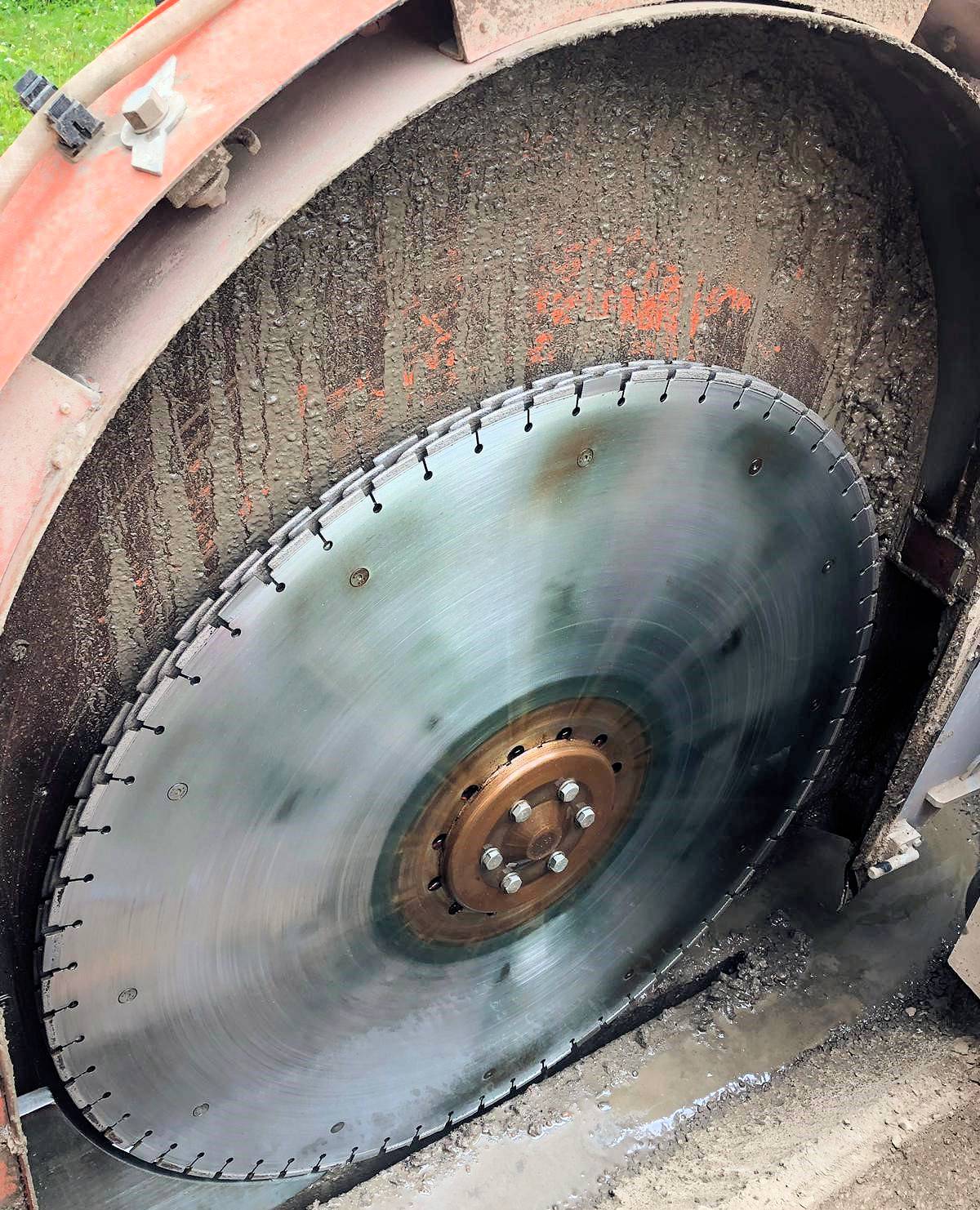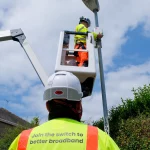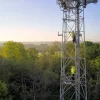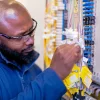New Openreach Trials Bring Full Fibre to Rural UK Villages
Openreach (BT) has today unveiled trials to test a “range of new tools and techniques” for deploying their 1Gbps Fibre-to-the-Premises (FTTP) broadband ISP network, which under the plan could help 13 of the UK’s remote rural villages and towns (50,000 premises) to access the service and support the Government’s £5bn plan.
The operator is pitching this as their response to last week’s pledge by the Government, which announced a commitment of £5bn in public investment to help bring “gigabit-capable” broadband ISP speeds to the final 20% of rural and suburban UK homes and businesses by the end of 2025 (here).
On top of that the trials will complement Openreach’s on-going efforts to rollout their “full fibre” network to cover 4 million premises (1.8 million homes and business have already been covered) by March 2021 and then 15 million by around 2025 (here), which is estimated to cost them somewhere around £5.25bn in commercial investment.
Advertisement
At present bringing FTTP into remote rural areas tends to be a very slow and expensive process (i.e. few customers spread over a sparse area = difficult payback). As such if those challenges could be reduced then Openreach claims that “hundreds of thousands more homes and businesses across the UK … could potentially become eligible for being included in Openreach’s ‘Fibre First’ investment programme.”
What is being tested?
One of the methods that Openreach proposes to trial has already been touched on by ISPreview.co.uk before (e.g. remote FTTP nodes [Mini OLT] inside street cabinets – here) and, elsewhere, we note that other operators may already be using diamond cutters (another tool proposed for the pilot).
The trials will also make use of Micro Ducting (here) and Ground Penetrating Radar (here), although as per the links we’ve already written about those in prior articles and so won’t repeat them below. Nevertheless the other changes below are fairly new, at least to Openreach’s way of doing things.
Trench Digging – Diamond Cutter
A giant rotating circular blade with diamonds embedded in the metal coating on its edge – enabling it to slice through carriageway or footway leaving a neat channel into which the machine simultaneously feeds in tubing for fibre-optic cables as it moves along the ground.The specialist kit is capable of installing 700 metres of cabling a day – more than 20 times that by a standard two-person civils team using traditional methods of drilling and excavation, slashing the time taken to deploy fibre by months.
Remote Fibre Nodes
This is where fibre-optic cables can be built out from specially-adapted existing green roadside cabinets. Specialised broadband-boosting equipment installed inside the cabinet enables full fibre connections to extend by more than one and a half times their current reach, with the capacity to connect more than 1,000 premises.
By ‘piggy-backing’ on our existing network, engineers can take full fibre further and faster – while avoiding up to six months in time and associated cost involved in deploying new fibre cables or ‘spines’ from an exchange to remote rural areas.
Mobile Planning with Orion
Our project engineers often have to grapple with wrong or missing paper records when they’re out in the field. We’ve developed Orion to help them with this. It is a digital mobile planning tool that lets engineers review and update the network using a tablet – in real time.
GeoRipper
A specialist piece of digging equipment used for digging trenches across soft ground such as fields. A chainsaw like blade carves a narrow trench allowing engineers to lay small fibre cables of up to 150 metres. The GeoRipper is ten times faster than digging these manually and leaves everything much tidier.
Apparently all of these methods are due to be deployed in order to help FTTP cover 50,000 homes and businesses in 13 villages and market towns stretching from Scotland to Devon including: Cranfield; West Calder; Flockton; Hesketh Bank; Kentford; Lingfield; Lundin Links; Mickle Trafford; Okehampton; Ottery St Mary; Parbold; Seal and Tarporley.
Advertisement
Some customers have already been connected and more will follow in time for Christmas 2019. Meanwhile building work across the other 13 locations is expected to be finished for just over half the customers across all the pilot sites by the end of March 2020. The locations have been carefully chosen to be representative of a wider number of geographic areas across the UK.
Clive Selley, CEO of Openreach, said:
“At Openreach, we’ll never be just a city fibre provider. We’ve always worked hard to improve connections to isolated, less commercially attractive communities through inventive engineering and effective funding partnership models.
In recent years we’ve been extending our full fibre network into rural areas – mostly in partnership with local authorities and Government – but the economics are clearly challenging and we want to do more. We know that around 10 per cent of the country will need to the support of public subsidy, but these trials will help us test a bunch of new techniques that could help us in other rural areas.
The trials will also give us a much clearer picture of what the technical challenges in these kinds of rural areas are. We hope they’ll go a long way towards developing the tools, skills and innovations required to make sure that nobody’s left behind in the full fibre future.”
Openreach believes that up to 90% of the UK could be upgraded to “full fibre” lines via the private sector, which in our view seems wildly optimistic (this is why the Government’s £5bn will focus upon the final 20% rather than the final 10%) but then much would depend upon how radical the Government is willing to get with its future regulatory changes.
As we’ve said before there are a lot of complicated challenges to overcome, not least in terms of finding enough skilled engineers for all of the players, ensuring fair competition between a growing soup of rival networks, fostering an easier approach to wayleave (access) agreements and extending the holiday on business rates for new fibre from 5 to 10 or even 15 years+ etc.
However at the same time what Openreach is doing above reminds us that there’s still plenty of room for some network operators to improve the speed and thus efficiency of their civil engineering teams, which when correctly implemented can have a very positive impact.
Advertisement
Mark is a professional technology writer, IT consultant and computer engineer from Dorset (England), he also founded ISPreview in 1999 and enjoys analysing the latest telecoms and broadband developments. Find me on X (Twitter), Mastodon, Facebook, BlueSky, Threads.net and Linkedin.
« Full Fibre Starts Rollout of New UK FTTP Wholesale Network
Vodafone Start First European Trials of OpenRAN in the UK »

















































Comments are closed